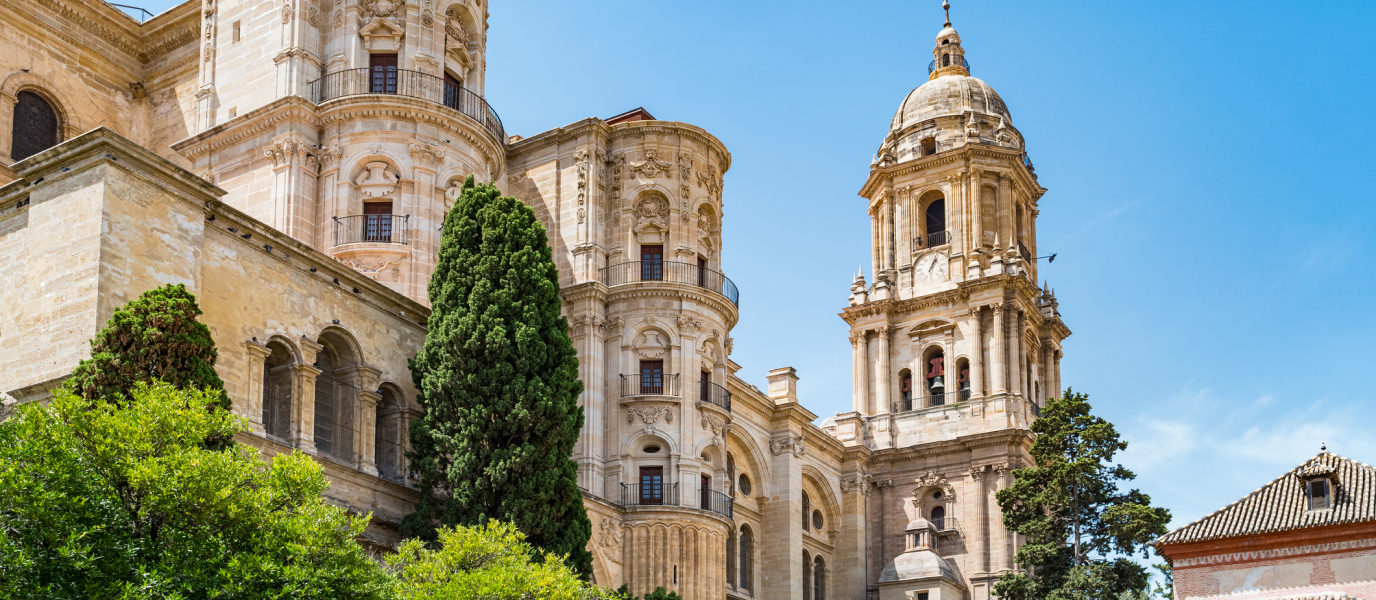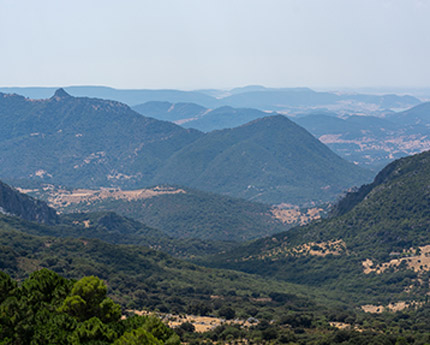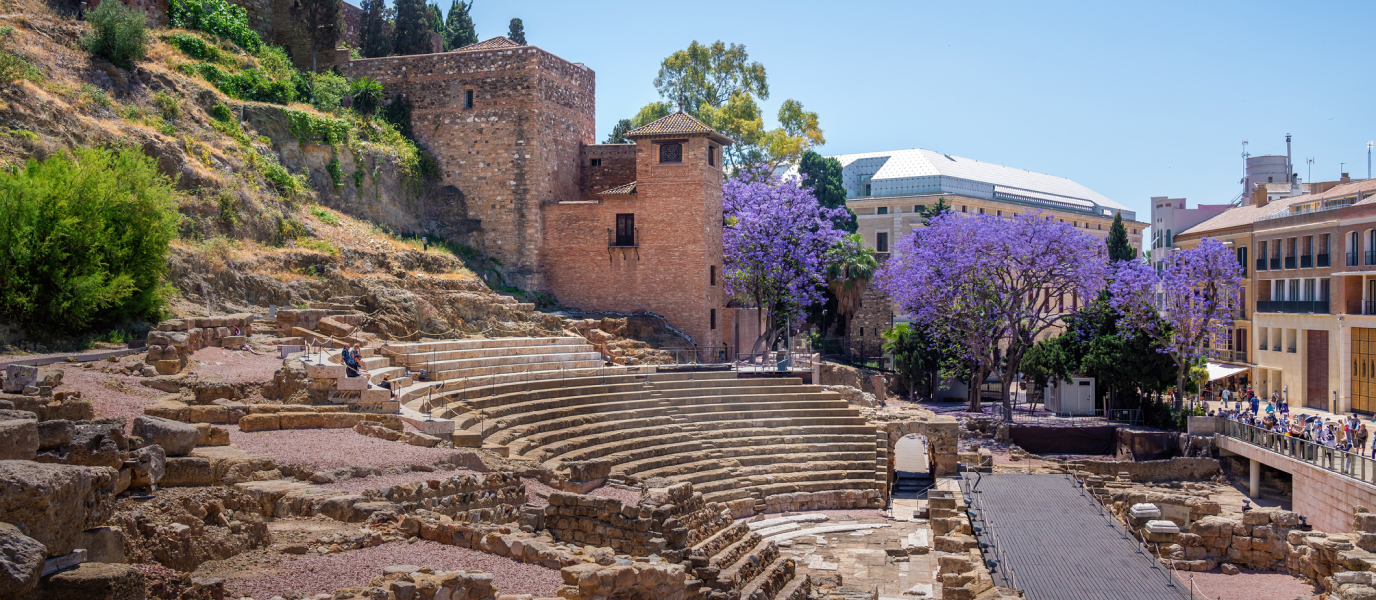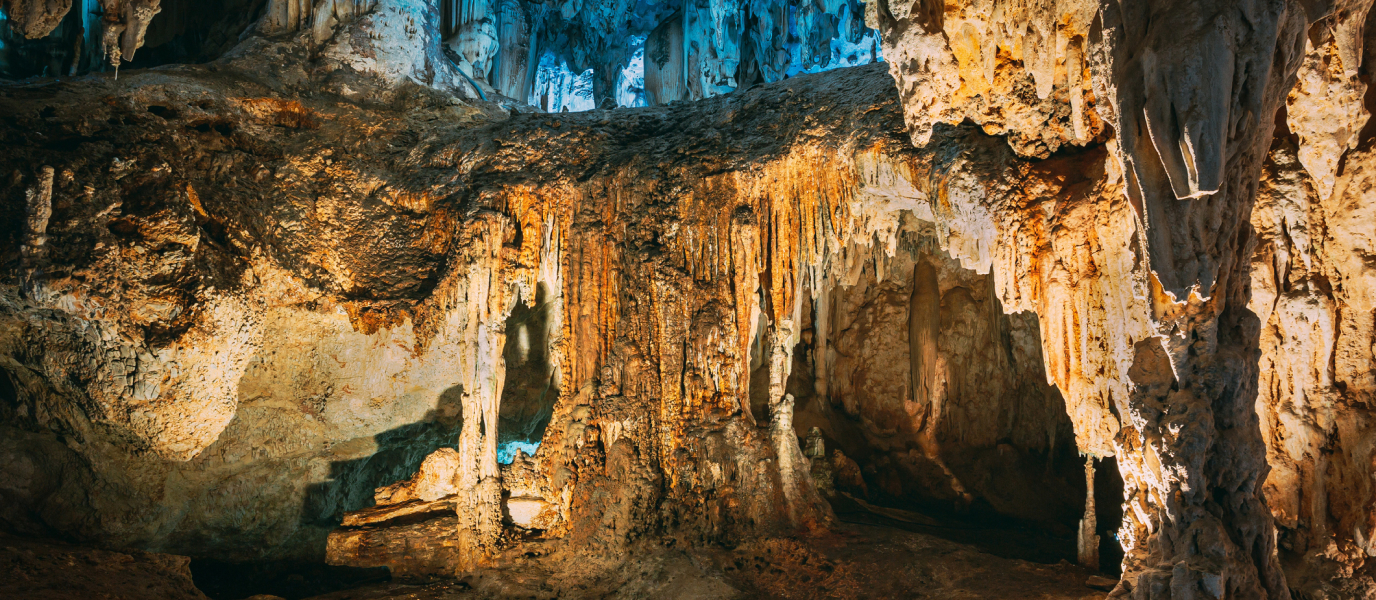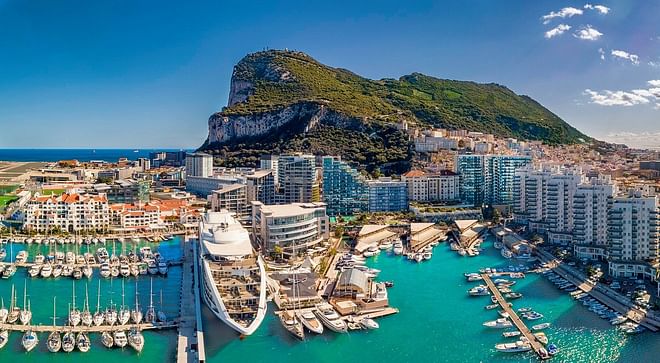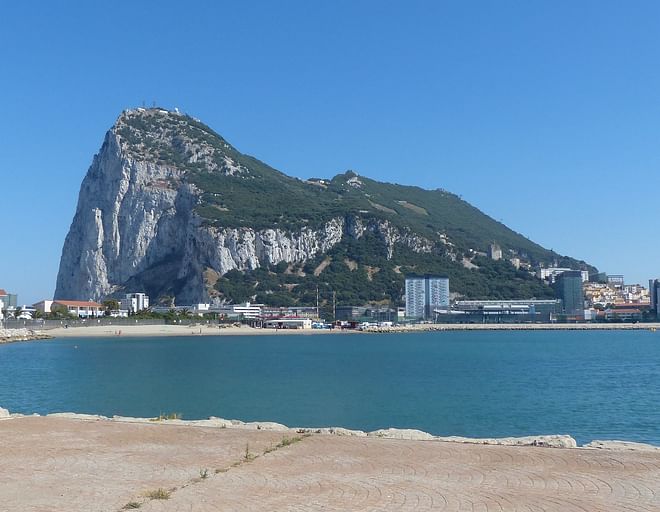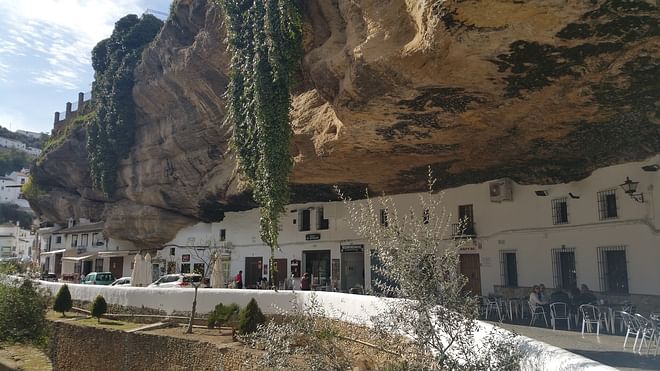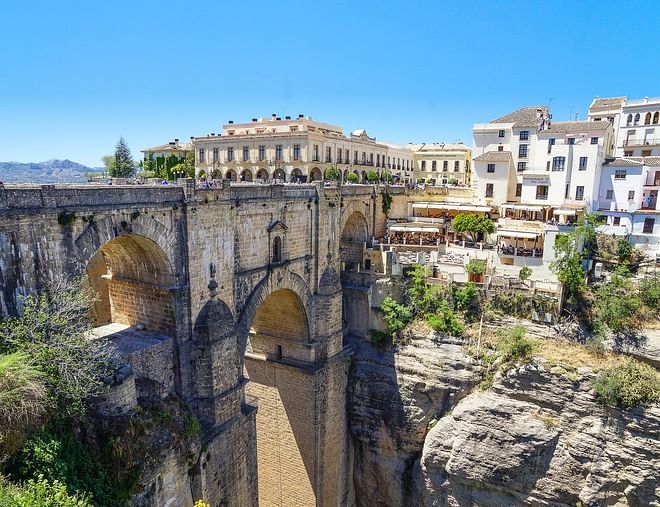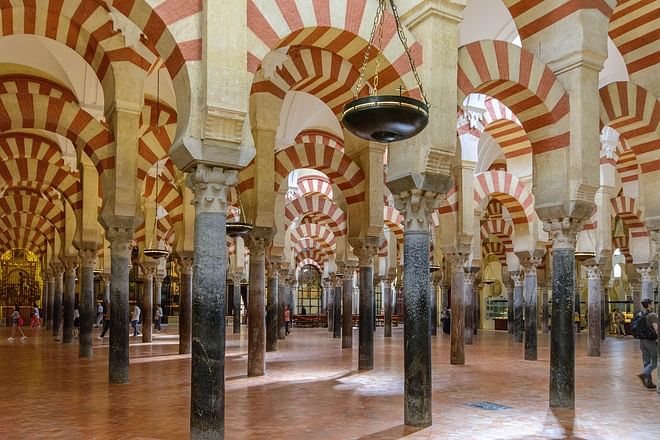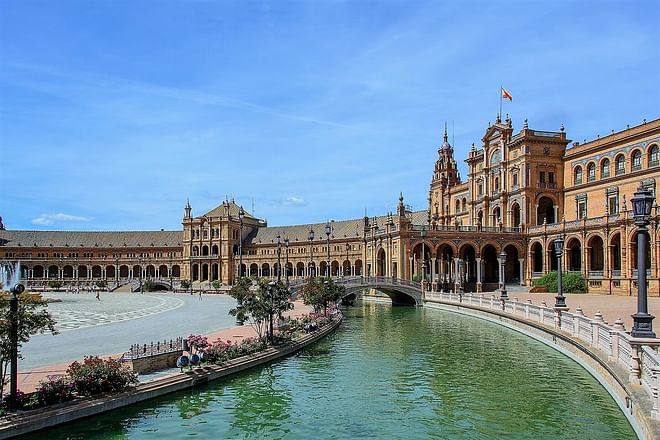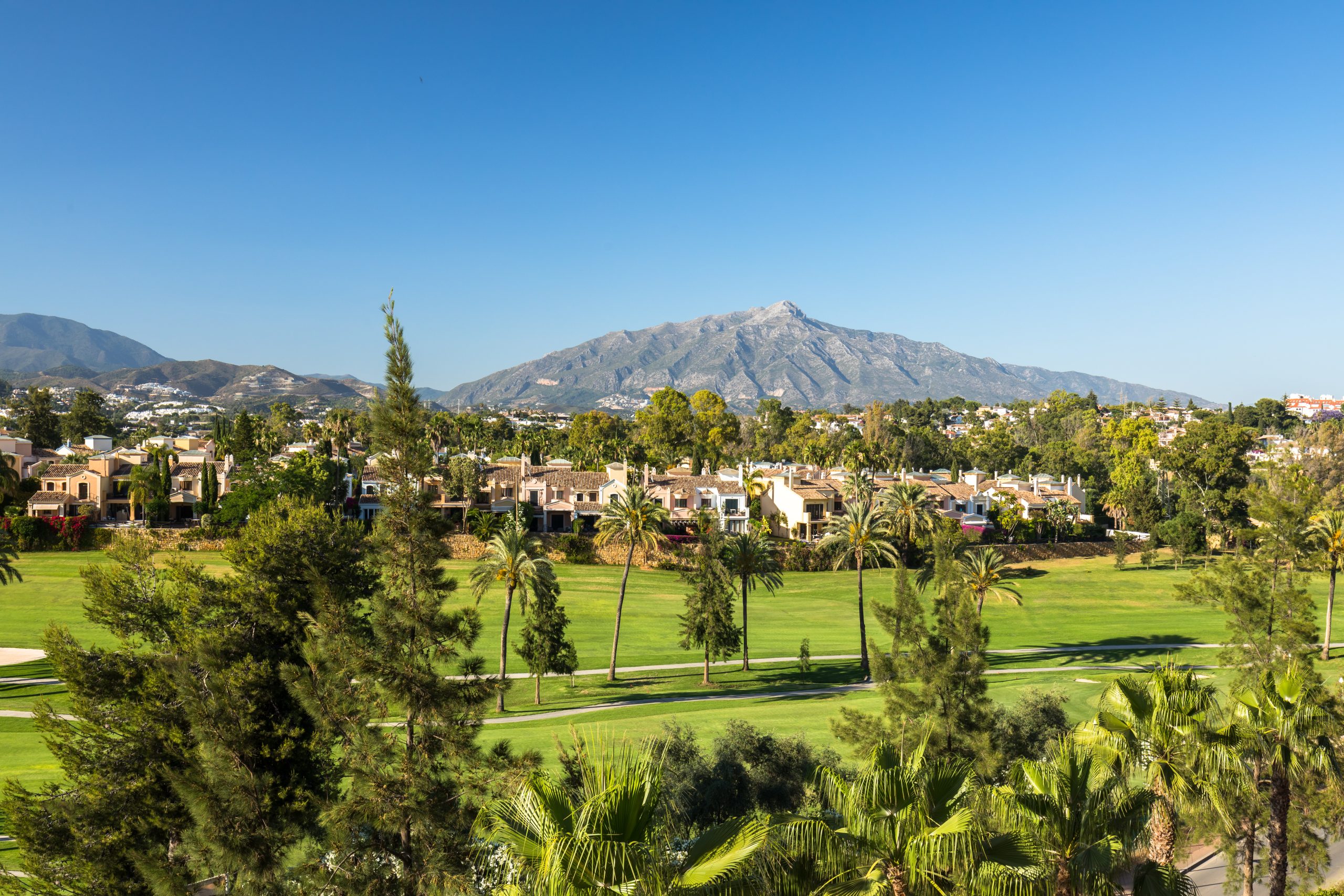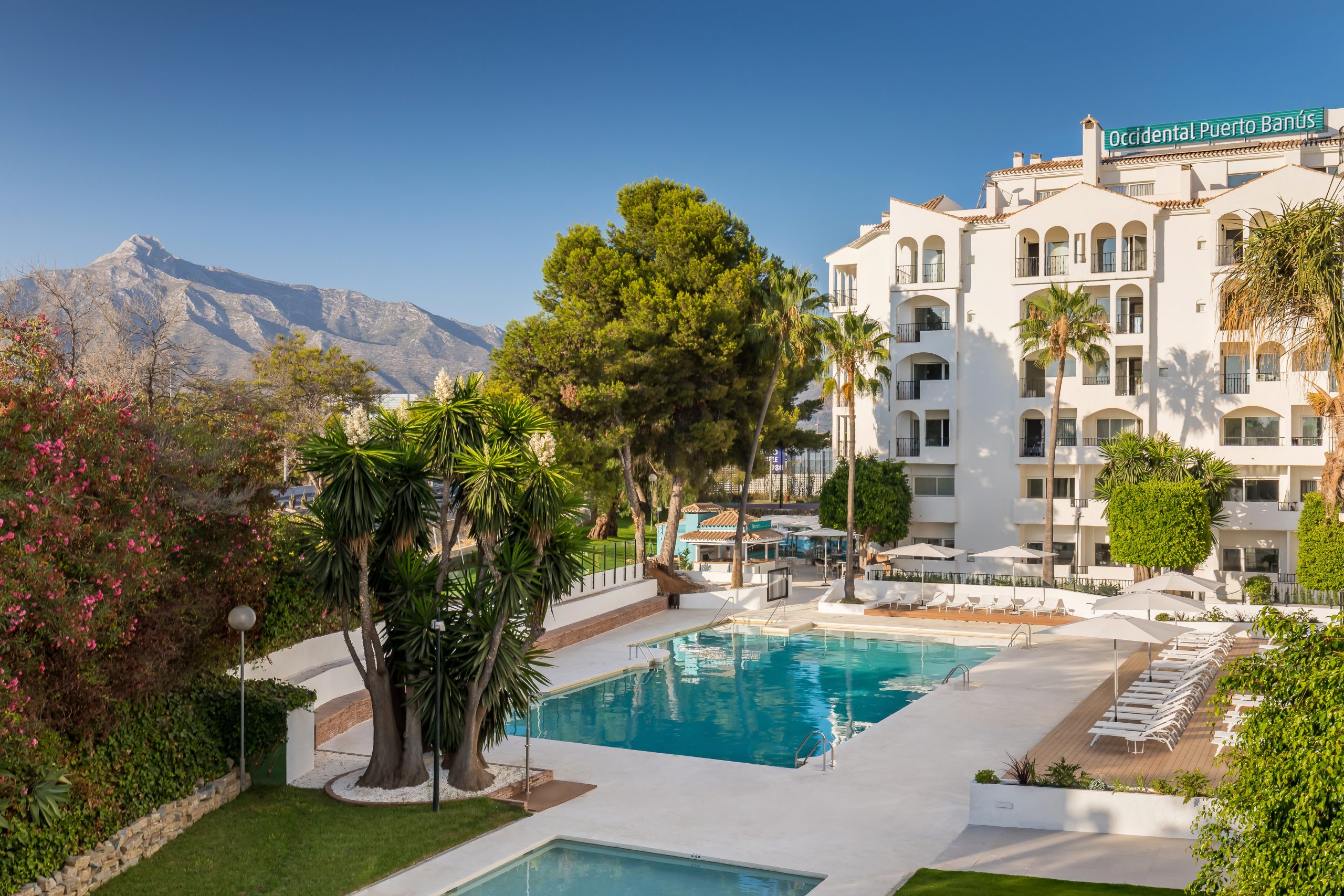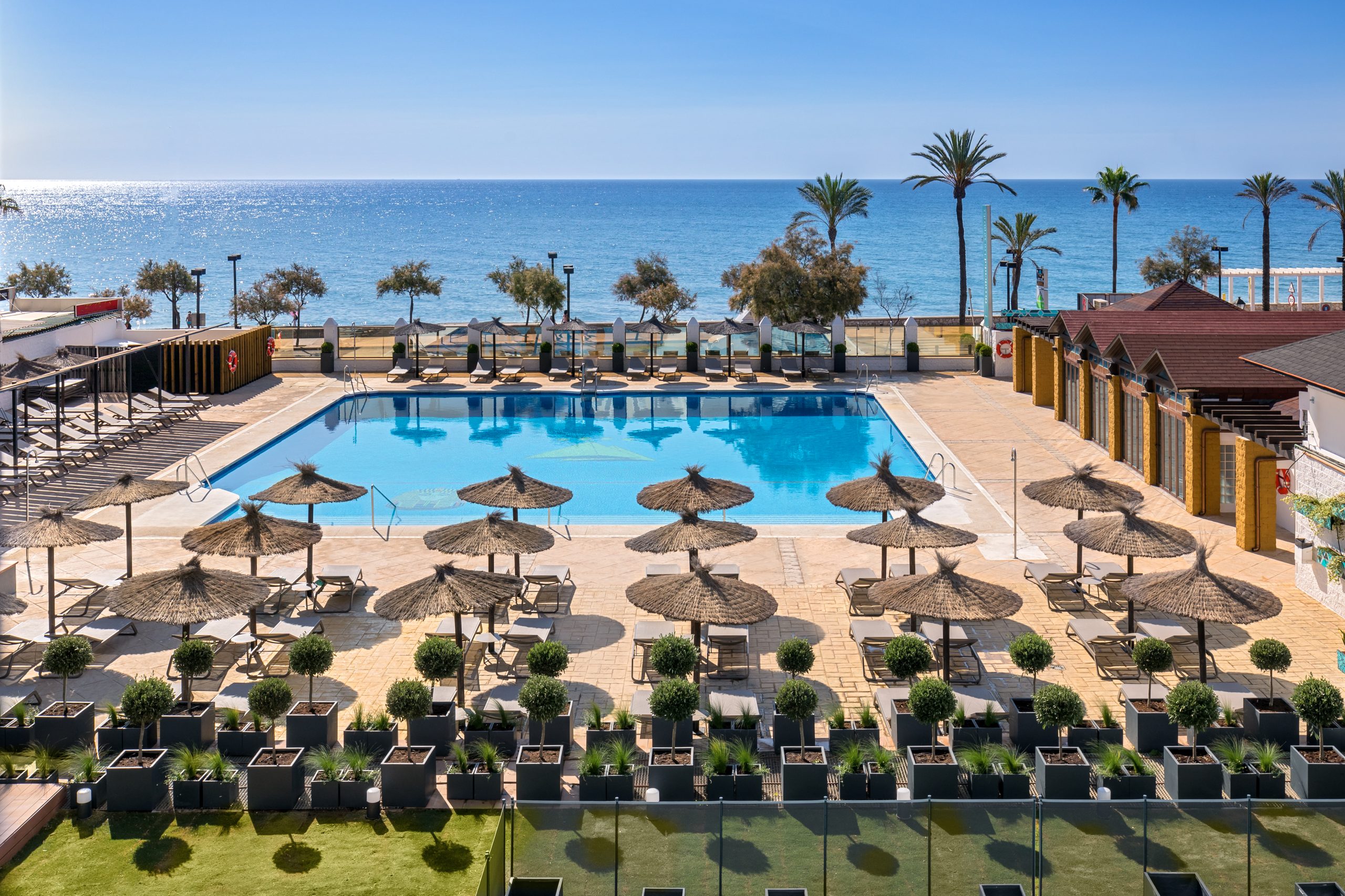Málaga Cathedral is affectionately known locally as La Manquita—the one-armed lady, a reference to the unfinished state of one of its two towers. Despite numerous attempts to complete the building, it is now safe to say that the fact that the tower remains unfinished has in no way diminished interest in the Cathedral. In fact, the very opposite is true: the incomplete column shafts of the tower’s third body has become one of the most iconic images of this place of worship, and can take us back, mentally at least, to the time of its construction.
The history of Málaga Cathedral: from mosque to Christian church
To trace the history of the construction of this Renaissance gem, we need to go back to the year 1487, when the Castilian troops retook the city of Málaga. Then, just as happened in so many other reconquered towns and cities, one of the first steps taken by the new rulers was to demonstrate the ‘spiritual domination’ of Christianity over Islam by turning the ancient mosques into churches, and the Great Mosque into a Cathedral.
The renowned architect Diego de Siloé was appointed to take charge of the original design of the basilica—which was to be constructed as a homage to the Virgen de la Encarnación. The work demonstrates the elegant style of the Burgos-born architect, and is easily comparable with his most famous works, such as the Capilla del Salvador [Chapel of the Saviour] in Úbeda, or the Cathedrals of Granada and Guadix.
The essential features of Málaga Cathedral
The Catedral de la Encarnación is one of those buildings that startles the passer-by who catches glimpses of it from different points in the city. Likewise, stepping inside this edifice produces a tremendous sensory experience, thanks as much to its use of space as to the works of art it contains. The Cathedral is therefore best visited at a leisurely pace, allowing the building to charm you with its interplay of lights and its fascinating perspectives—the latter being emphasised by the black-and-white tiled aisles and the imposing domes. However, make sure you don’t miss these elements:
- The main façade. As is the case with the Cathedral of Granada—also designed by Siloé—the main façade of Málaga Cathedral conforms to the Baroque style. The edifice has two towers (the 84-metre-tall north tower, and the incomplete south tower) and comprises two bodies and three aisles clearly delineated by double Corinthian columns. The south tower stands out prominently from the rest of the third body, which is where most of the bells are to be found, and the fourth body, which has an octagonal floor plan and is set off with a cupola.
- The choir. The cathedral’s floor plan is that of a Latin cross with three naves. Although all three are of the same height, the central nave is much wider, and houses an impressive 44-seat Baroque choir built on three levels. Crafted in cedar wood, grenadilla wood from America and mahogany, the choir features carvings of the Apostles and the Fathers and Doctors of the Church, as well as a wide range of saints and founders of religious orders. Its design shows evidence of having been completed in three stages, with the latest stage being the most noteworthy, as it was overseen by the prestigious image sculptor Pedro de Mena.
- The High Chapel. This is the most important part of the cathedral, as it is the focal point and the place reserved for devotion to the Virgen de la Encarnación. For this reason, Siloé designed this chapel so that it would symbolically embrace the tabernacle of the Virgin, and inevitably the whole was intensively embellished with iconography, including scenes from the Passion and images of martyrs and prophets.
The best way to conclude your visit to Málaga Cathedral is by going up to the roof to obtain a bird’s-eye view of some of the city’s most outstanding sights, such as the Gibralfaro Castle, the Alcazaba [Moorish fortress] and the port.
























































